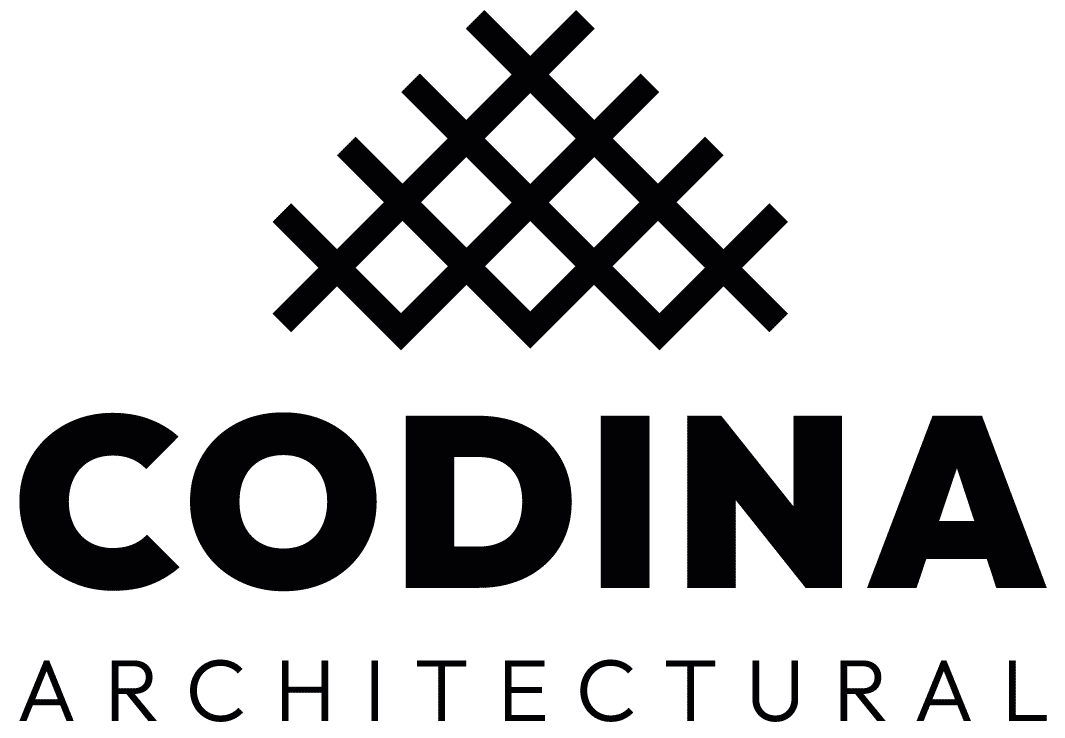While we are waiting to find out what 2017 will bring, this is a good time to look back and remind ourselves of the trends that have defined 2016 and that, very likely, will continue to influence the year we have just begun. Bearing in mind that architecture is a living science that responds and adapts to changes in social structure, a number of experts in the field have identified the following trends as being key in the future of the sector:
• Minimalist interiors. Perfection does not lie in the adding, but in the removal. Mies Van der Rohe is considered the father of architectural minimalism and he defined this style with the expression, ‘less is more’. Thus, open spaces with paired-back materials and clean lines will predominate.
• Prefabricated houses. They are here to stay and will continue to gain ground in 2017. And no wonder: speed, lower costs and increasingly better quality and aesthetics are the key determining factors that will ensure the increased popularity of this modular construction technique.
• Sustainability. A connection with nature and its integration into buildings. This is about the use of natural resources in a way that minimises the impact buildings have on the environment. Thus, sustainable buildings will run on renewable energy, be designed with energy saving as a fundamental principle and become an integrated part of the ecosystem in which they are located in order to minimise negative impacts.
• Multifunctional spaces. Globalization, the mass concentration of urban life and consequent lack of space are leading architects to look at city planning in a different way. The concept is the integration of several aspects of everyday life, such as shops, offices, homes and sports areas, within a single space.
• Carbon fibre. A number of experts are tipping this material as the building tool of the future. In addition, combined with other robotic construction techniques, they believe it paves the way for a fourth Industrial Revolution.
• Smart designs. Industry professionals are opting for smart designs; a trend that will continue into the future. These will be characterized by transformable spaces, interactivity between zones and shared workspaces.
